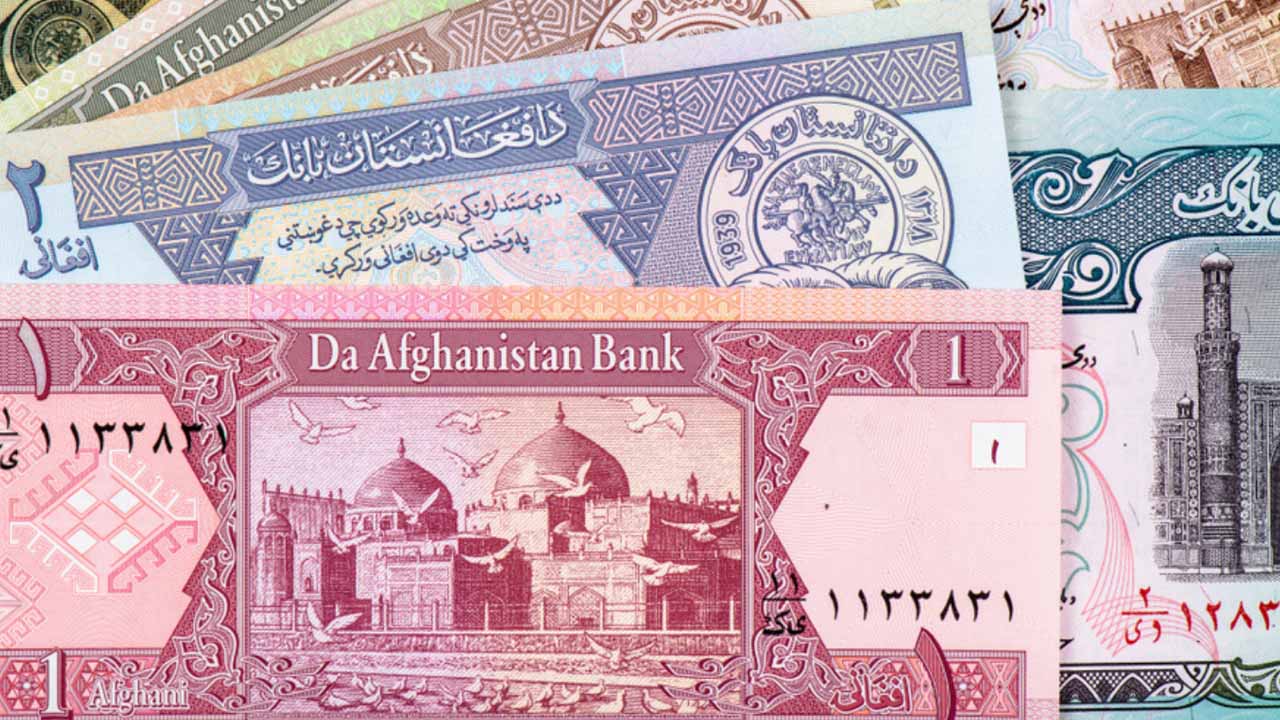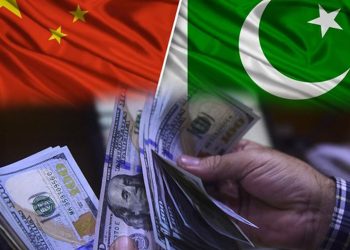Despite worldwide sanctions, Afghanistan’s currency, the Afghani has emerged as the best-performing one this quarter, thanks to billions of dollars in humanitarian help and increased commerce with Asian neighbors, according to Bloomberg on Tuesday.
“The ruling Taliban, which seized power two years ago, has also unleashed a series of measures to keep the afghani in a stronghold, including banning the use of dollars and Pakistani rupees in local transactions and tightening restrictions on bringing greenbacks outside the country,” according to a report by Bloomberg.
The Afghan authorities have also prohibited online selling and have threatened to employ severe measures like as incarceration against individuals who disobey the restrictions, according to the report.
According to Bloomberg data, the Afghani currency gained roughly 9% this quarter, beating the 3% growth in the Colombian peso.
“The afghani is up about 14% for the year, putting it third on the global list, behind the currencies of Colombia and Sri Lanka,” said the report.
The Afghani’s rise contrasts significantly with that of its neighbor Pakistan, where the rupee has lost roughly 22% of its value in the current calendar year despite a 6% gain this month.
“The hard currency controls are working, but the economic, social, and political instability will render this currency rise a short-term phenomenon,” said Kamran Bokhari, an expert in Middle Eastern, Central, and South Asian affairs at the Washington-based New Lines Institute for Strategy & Policy.
According to the research, foreign exchange is primarily exchanged through money changers in the landlocked country.
“The bustling, open-air market Sarai Shahzada in Kabul is the de-facto financial hub of the country, where the equivalent of tens of millions of dollars cross hands every day,” according to the article.
Meanwhile, remittances to Afghanistan are being carried into the nation through the Hawala system, according to the report.
“Tightened restrictions on foreign exchange transactions and a very gradual improvement in trade are pushing up demand for the Afghani,” Anwita Basu, head of Europe nation risk at BMI in London, said.
According to Bloomberg, the Afghani currency is expected to stay stable at present levels through the end of the year.
According to the report, as pressure on Afghani has eased, Afghanistan’s central bank has increased the cap for dollar withdrawals from $25,000 to $40,000 per month for corporations and $600 per week for individuals, up from $200 two years ago.
According to a World Bank research, the development comes as a surprise to many because the landlocked country is experiencing rampant unemployment, two-thirds of households are struggling to afford basic necessities, and inflation has transformed into deflation.






